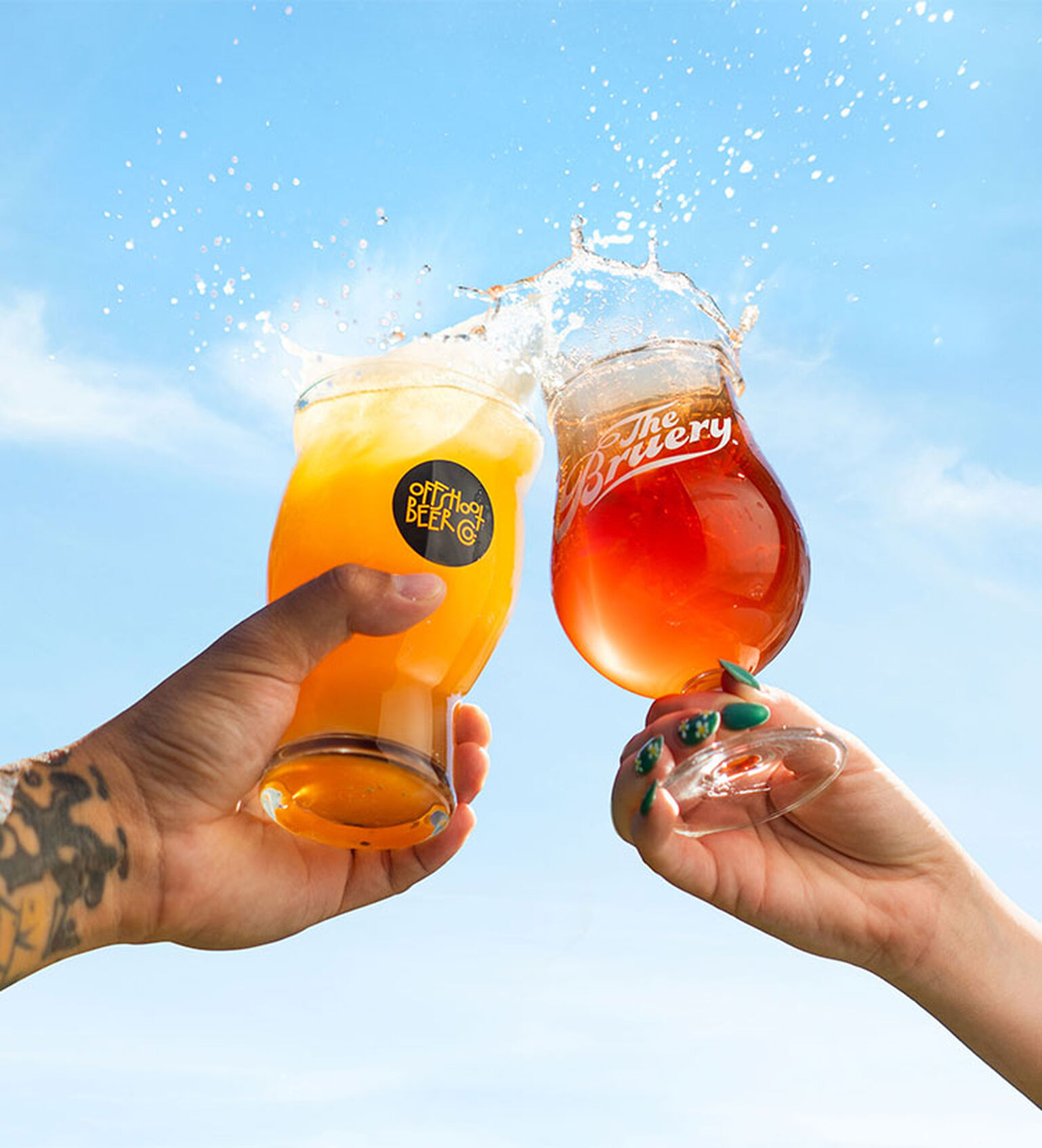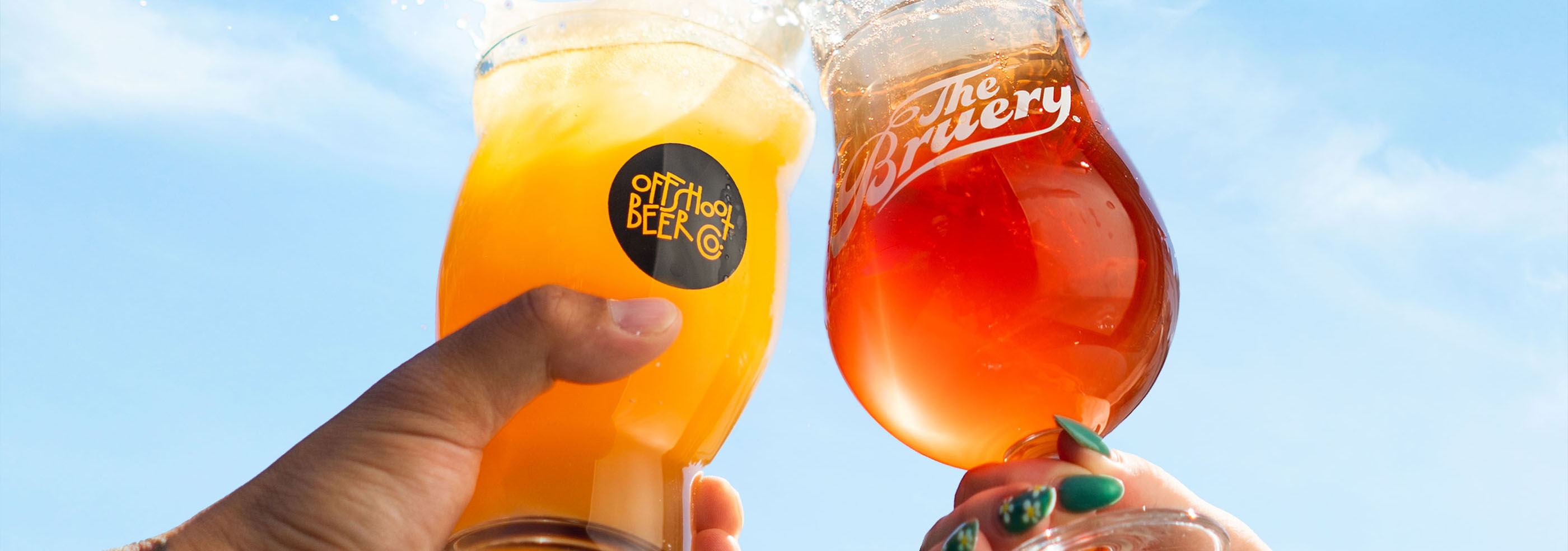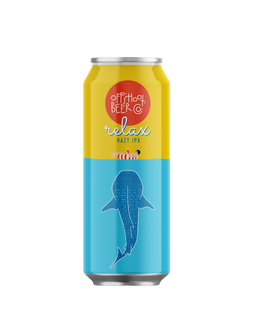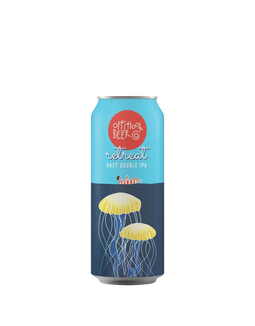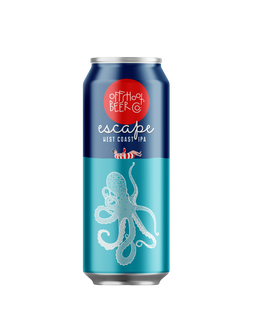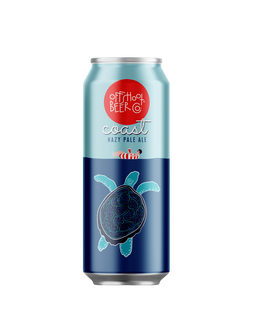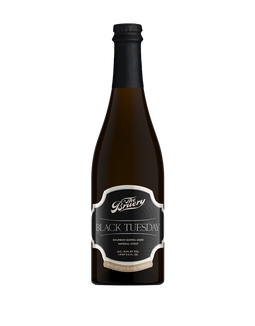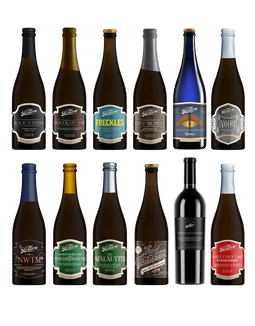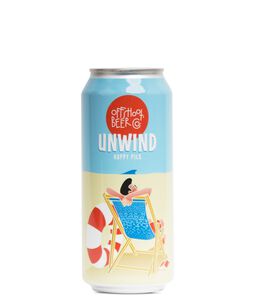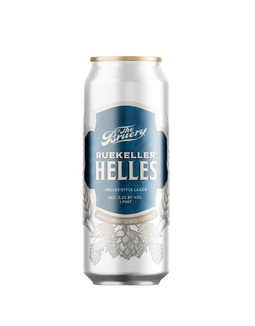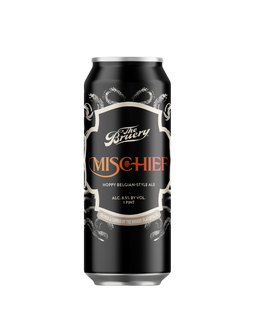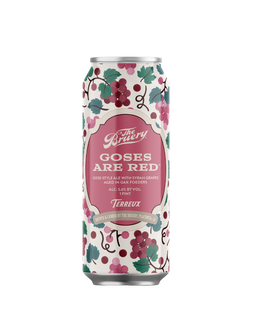Tasty Guides
Brewing up New Tastes in Beer with The Bruery
Karen Asp, Get Stocked Craft Beer Contributor
Ever had a beer that tastes like a Manhattan? How about one that reminds you of a green juice (and yes, permission granted to drink another)? Maybe you’ve been craving a golden ale that tastes like horchata. If you’re wondering where you can find these eclectic brews, it’s time to meet The Bruery.
Since opening its doors in 2008, The Bruery has been breaking boundaries in the beer world, cranking out more than 200 beers a year to meet its tagline, “like nothing you’ve ever tasted before.” Given that it has fans around the world, it’s obvious that this brewery is onto something.
How this unique brewery got its start
The Bruery was founded in Placentia, California by Patrick Rue, a Master Cicerone. If you’re wondering how the brewery got its unique name, just look to the founder’s last name. Rue has been lauded as a pioneer in the craft beer industry, and it’s evident since the first day the brewery opened. Unlike many craft breweries that start by introducing popular beers before moving into more unique beers, The Bruery worked in reverse. “The Bruery did crazy things from the start and became known for barrel-aged and Belgian beers, really pushing the envelope and putting adjuncts in beers and taking classics and doing them just a little bit differently,” says Barry Holmes, CEO of The Bruery.
"The Bruery did crazy things from the start and became known for barrel-aged and Belgian beers, really pushing the envelope..."
One of its first beers, for example, was the Mischief. This Belgian strong ale is dry hopped and uses a yeast strain from Duvel, which translates into the devil. “Because it had a little bit of devil in it, we named it Mischief,” Holmes says. The beer still ranks as a favorite among fans.
Yet while The Bruery was rolling out one experimental beer after another, it didn’t completely ignore regular beers — like lagers, for example. Holmes points to its Ruekeller Helles, a Helles-style lager that uses another clever spelling to incorporate the founder’s last name. But don’t be fooled. The Bruery’s definition of regular probably doesn’t come close to what you might find in Webster’s Dictionary. “You might consider this type of beer boring, but the feedback we get about this beer is that it’s amazing, largely because we do beer our way.”
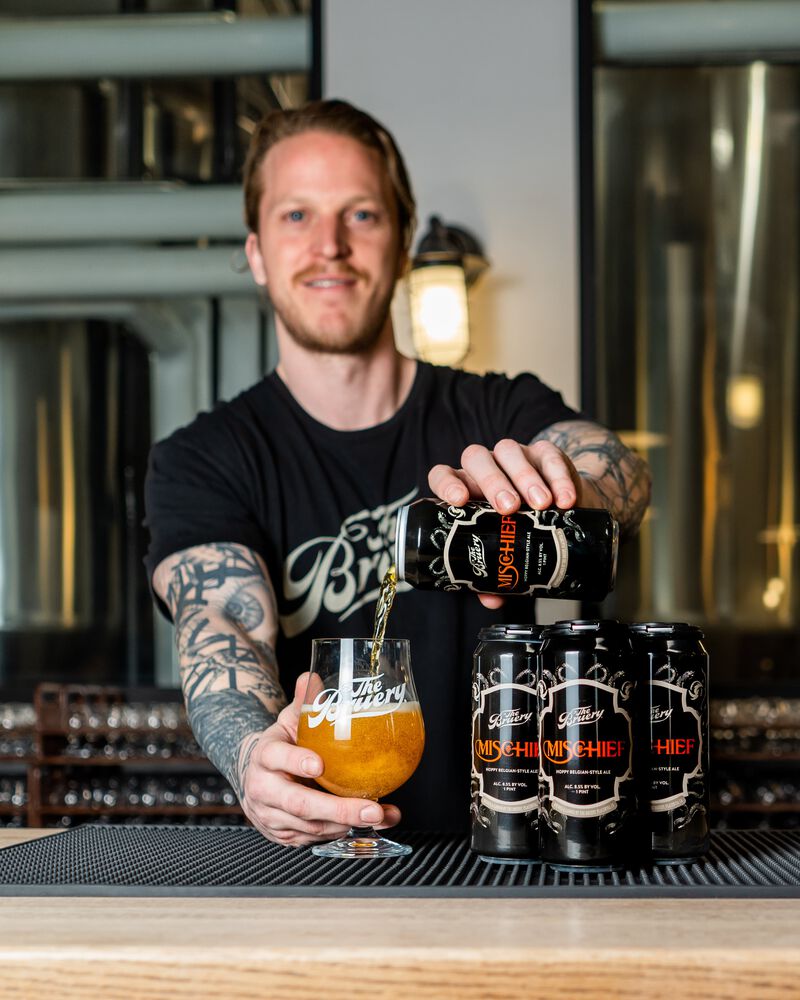
What exactly does that mean? “We focus on taste over style, leaning into beers that are truly innovative and experimental,” Holmes says. In fact, he admits that most of The Bruery’s best beers probably won’t ever be considered for a Great American Beer Festival (GABF) medal simply because they don’t fit into a specific category. Of course, it’s also worth noting that the brewery has in fact racked up an impressive 12 medals from the GABF.
Its innovative edge is especially evident in its cocktail-inspired beers — they are served in glasses specific to the drinks they’re based on. This year, The Bruery released a beer that tasted like the classic painkiller cocktail, another one you might have sworn was a Manhattan, and the “green juice” beer which was made from spirulina. It also spun out beer-wine hybrids, consisting of 51 percent beer and 49 percent fermented wine grapes, and culinary-inspired beers that are reminiscent of dessert. Chocolate cake in a bottle, anybody?
Another characteristic that sets The Bruery apart is the approach it takes to flagship beers. Most breweries, of course, have at least one, if not several, beers that guests can always find on their menus. While The Bruery does produce one beer that would most likely fit this designation, there’s a catch — it’s only released one time a year. The beer is called Black Tuesday, and Holmes describes it as a big, bold imperial stout. The brewery uses a proprietary house yeast – “it’s really aggressive,” he says – and the beer is aged in barrels for about 12 months. It’s then finished in a way that allows everything from the barrel character to the residual sugar shine through.
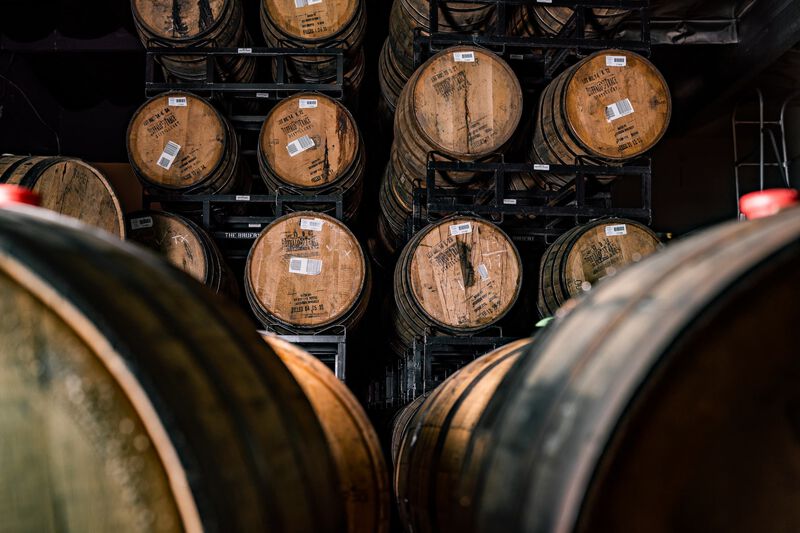
A runner-up for the flagship spot might be Portified, a beer made with Black Tuesday as the base that is wildly popular amongst its fanbase. While it’s a beer at heart, it drinks like a port, namely because it’s aged in port barrels and sweetened with Syrah grapes.
The Bruery also has a second brand called the Offshoot Beer Company, which was launched in 2017. “That’s the more playful side of the brewery,” Holmes says. “It’s the beer our brewers drink when they’re off the clock.” There are currently eight beers in this line, the signature brew being a hazy IPA called Relax.
Uniting beer lovers around unique tastes
While taste might drive the creations at The Bruery, there’s another mission behind its brews: Creating community. These beers, after all, aren’t the ones you’re going to want to sip mindlessly during football games. Instead, they’re beers you want to share. “These types of beers are conversation starters,” Holmes says. He recalls, in fact, a fan of The Bruery who said he couldn’t have had the conversation with his dad he’d been wanting to have had it not been for Mocha Wednesday, a Bourbon barrel-aged imperial stout with coffee and cacao nibs.
Visit its California tap room, and you’ll find over 40 conversation starters on draft and 50 as to-go options.
Shop Offshoot Beer Company
“It’s the beer our brewers drink when they’re off the clock."
If you can’t get to either location, you can always join one of the two membership programs, which function as beer clubs and work to foster community. “We were a pioneer in the membership model, largely because we get unbelievably direct feedback in real time from members,” Holmes says. That information is passed to The Bruery’s brewers to help guide future beer creations. “You don’t get that back-and-forth relationship in many businesses.”
The Preservation Society, which costs $70 per year, is a quarterly beer club while the Reserve Society at $325 per year offers a bottle per month, even discounts in tasting rooms and online purchases.
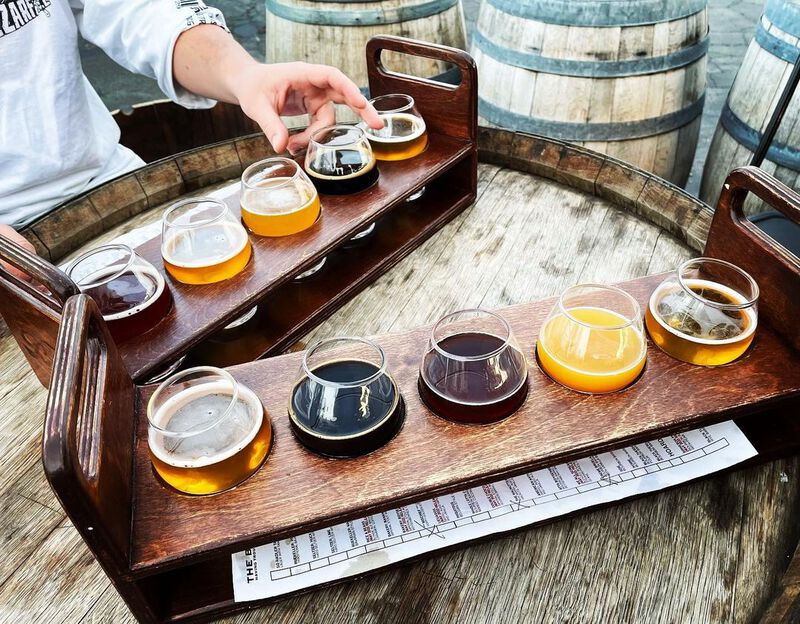
The Reserve Society, which is the more popular option, has limited memberships, and enrollment for 2023 is now open. Although anybody can join these societies, The Bruery can only ship to eight states, including California, D.C., North Dakota, New Hampshire, Ohio, Pennsylvania, Virginia and Vermont. (As an aside, if you’re in one of those states, you might find The Bruery’s beers sold in your local beer stores.) Thankfully, there is a way to work around that. “Many people use proxies to ship their beer or because we offer 14-month complimentary storage, they even visit one of our locations to pick up the beer,” Holmes says.
Each society comes with additional perks, including access to member-exclusive beers, virtual tastings and its supper clubs, a concept that started in 2019 and is being brought back post-pandemic. Holmes hopes to partner with restaurants and chefs in the states The Bruery can also ship, which creates food and beer pairings so that Bruery fans can sip exclusive beers together.
What the future holds for The Bruery
The Bruery has even more plans to push the envelope in 2023. Starting with more spirit-based innovations. “We’re known for barrel aging, and we know our members want that whiskey connection so we’ll be leaning into the barrel side of things,” he says. The Bruery is, in fact, partnering with distillers around the country who will be using the brewery’s barrels to make whiskey and vice versa.
The Bruery is also planning numerous interesting collaborations with other breweries. If recent collaborations are any indication – for instance, it recently teamed up with Barreled Souls Brewing from Saco, Maine, and Bottle Logic in Anaheim, California – the yet-to-be-announced ones will surely excite fans.
Ready to taste the difference? If there’s any company that best exemplifies that tagline, it’s The Bruery.
Stock Your Cooler
The Bruery Reserve Society Select Box 2023
Starting at $350.00
